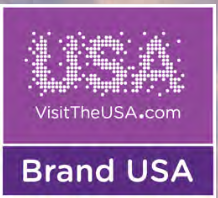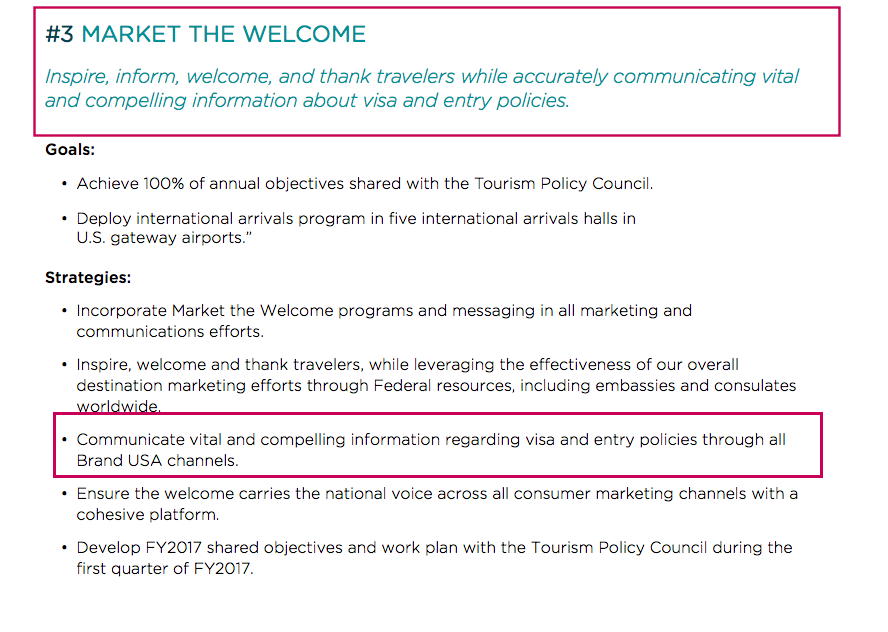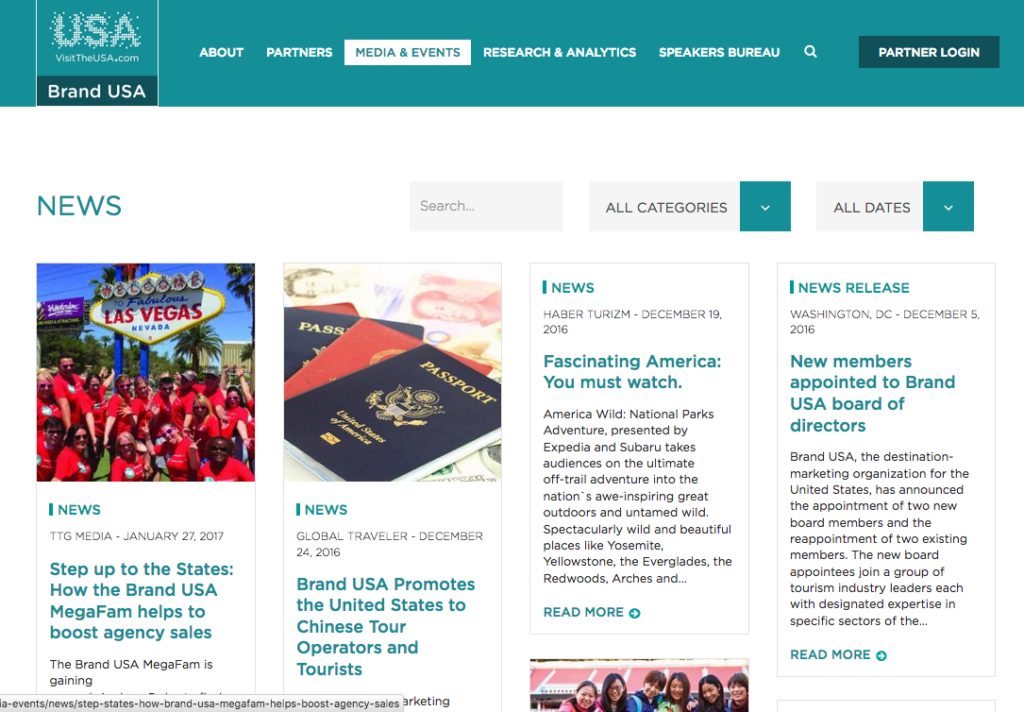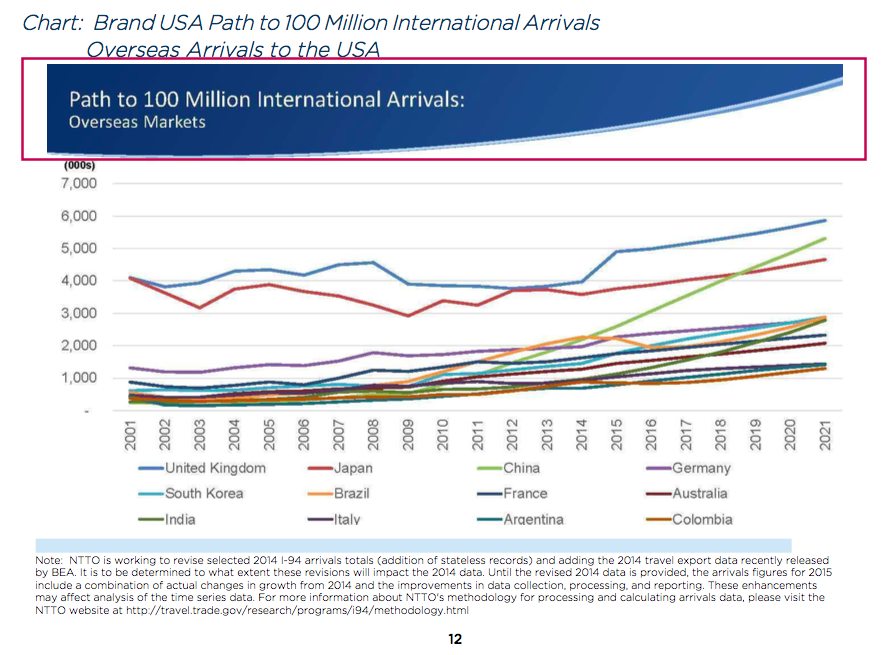
1 Feb, 2017
The Shredding of Brand USA
Bangkok – It should be more than clear by now that the global image of Brand USA is in a free-fall. In less than two weeks, President Trump has upset women’s groups, the Mexicans, potential partner countries in the Trans-Pacific Partnership and the Muslim world.
 |
That already equates to roughly half the world’s population. The rash of global headlines is on the verge of again making “The Ugly American” a household word.
All of it flies in the face of the welcoming, image-building “statement of purpose” outlined by the Brand USA business plan for 2017. I can only imagine the shell-shocked head-scratching under way within the echelons of Brand USA about how to manage the crisis, assuming they see it as being one.
As of Feb 1 morning Bangkok time (late Jan 31 evening EST in the U.S.), the Brand USA website had not even issued a statement on its media page.

Market the Welcome is Objective Three of the Brand USA Business Plan 2017. Communicating vital and compelling info on visa and entry policies will be a huge undertaking.

This is a screenshot of the Brand USA website as of Feb 1 morning (Bangkok time). No statement of position on Mr Trump’s actions whatsoever.
The situation should become a challenging case-study for branding gurus and marketing people worldwide. Clearly, national government policies have a far more widespread image-building (or, in this case, -destroying) impact than any number of grandiose tourism marketing campaigns.
I wrote as much long before Mr. Trump came to power. Boy, do I love being proved right.
A more scientific assessment of the impact will take time. But it’s not looking good. In addition to the negative headlines, the immediate round of statements issued by dozens of global organisations have already referred to Mr. Trump’s actions as being racist, discriminatory, bigoted, Islamophobic, etc., etc. All names that no country wants to be called.
The Brand USA business strategy for 2017, prepared before the election of Donald Trump, is already in tatters. It had only anticipated the visitor-arrivals impact of Brexit and the economic problems in Brazil. Now that Mr Trump is here to stay, Brand USA will have to deal with him, and live in fear of his next move.
As a common denominator, both Brand USA and Mr. Trump agree on the need to create jobs for the American people. That opens a door for Brand USA to demand proof of how his policies will do this in tourism.
Mr. Trump may argue that the Muslim-ban will make the U.S. more safe and secure. The counter-argument is that more Americans die in shootings in malls, offices and college campuses by non-Muslim, home-grown killers.
By strict definition, the U.S. is already in fact an extremely unsafe country, thanks to gun violence. So will Mr. Trump take on the formidable U.S. gun lobby?
Looking ahead, will Brand USA challenge Mr. Trump’s job-creation promise only from a parochial image-and-economic perspective, or will it seek accountability at a higher level?
Job-creation is a two-way street. All forms of trade, tourism, travel and transport create jobs amongst host destinations and source-markets, buyers and sellers, importers and exporters. A rising tide lifts all boats. That is what globalisation was intended to do.
Today, the only economic sector in which the U.S. can claim an ummatched competitive advantage is the military and defence establishment. Mr. Trump has promised to keep those jobs intact.
That could mean more trouble ahead.
The war on terror (now described by Mr. Trump as his plan to “unite the civilized world against radical Islamic terrorism, which we will eradicate completely from the face of the Earth”) has been raging for 16 years, since 2001. It is probably the biggest and most expensive failure in modern history, with no end in sight.
Will Brand USA ask Mr. Trump for a clearer explanation on how he plans to “eradicate radical Islamic terrorism”? As both the Bush and Obama administrations failed to do so, what new ideas does Mr. Trump have?
Indeed, one of his election promises was to move the U.S. embassy from Tel Aviv to Jerusalem. Will Brand USA seek some feedback on the potential impact of this move on global terrorism, American jobs and safety?
Mr. Trump promised to create American jobs. He did not say he would create jobs in tourism. If jobs are lost in tourism, there will be plenty in the defence/military sector. That will also be a fulfillment of his promise.
Brand USA may say that Chinese arrivals are likely to continue to boom, thus underwriting U.S. tourism jobs. But even that could change rapidly in the event of a U.S.-China trade war (which should upset another third of the world’s population).
So Brand USA has got lots to worry about in the weeks and months ahead. The goal is to bring in 100 million visitors by 2021. Will that be possible?

The biggest global geopolitical trend today is the crumbling of the U.S. empire. No empire lasts forever. None. And an unjust ruler always falls. Always.
The biggest mistake Brand USA will make is to assume that the U.S. is invincible and invulnerable. That may be the case in the fictitious world of Marvel and DC comics. Not in the real world.



Liked this article? Share it!